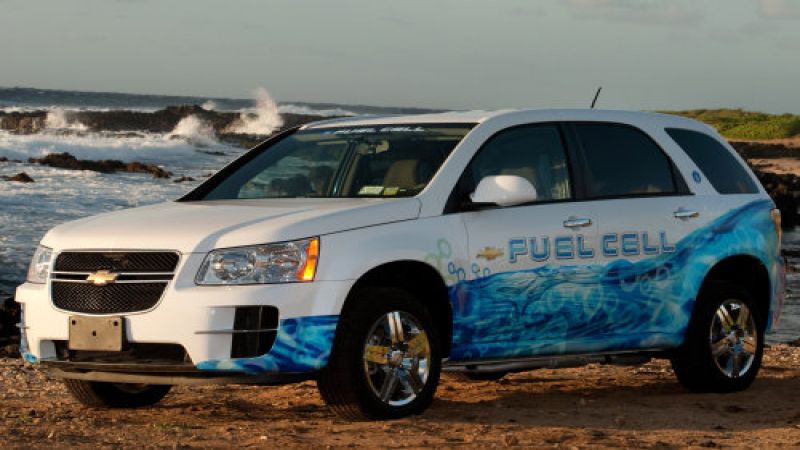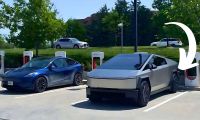Hydrogen powered engines are not at all new to the automotive world but like many alternative fuels (like natural gas), the concern is the lack of available refueling stations for those interested in investing in a vehicle that does not rely on “foreign oil”. Hydrogen is easily manufactured without relying on the world’s dwindling oil reserves and General Motors is responsible for one of the world’s largest hydrogen powered demonstration fleets but if you own a hydrogen powered vehicle, where do you fill it up?
That is exactly the question that many skeptics ask when hydrogen powered vehicles are discussed but with the help of The Gas Company, GM hopes to make driving a hydrogen powered car much easier for Hawaii residents by 2015. The Gag Company current produces enough usable hydrogen to keep 10,000 vehicles operating on a day to day basis and the Hawaiian utility company is nowhere near its limit but the problem lies in how to distribute that hydrogen to the consumer. TCG can produce an endless amount of hydrogen for the specially equipped vehicles but it is all useless if there is no way to get it to consumers.
However, this partnership of various Hawaiian based universities and businesses along with GM and TCG aims to place between 20 and 25 hydrogen refueling stations around Oahu. This would allow TCG to provide convenient locations for those who wish to drive a hydrogen powered car or truck to refuel and with Oahu measuring just 44 miles wide, one of these stations would be well within the reach of all 1 million residents.
This program is intended to help Hawaii cut back on the hefty 90% level of imported automotive fuel and in addition to cutting back on the tropical state’s dependence on foreign oil, an influx of hydrogen powered vehicles (like the one shown above) would also be better for the environment. Should the program be successful, the Hawaiian hydrogen infrastructure could serve as a model for not just other US states, but other areas around the world where hydrogen fueling stations are currently being considered as the world’s automotive market looks for an alternative to the increasingly more expensive petroleum based fuel system.












